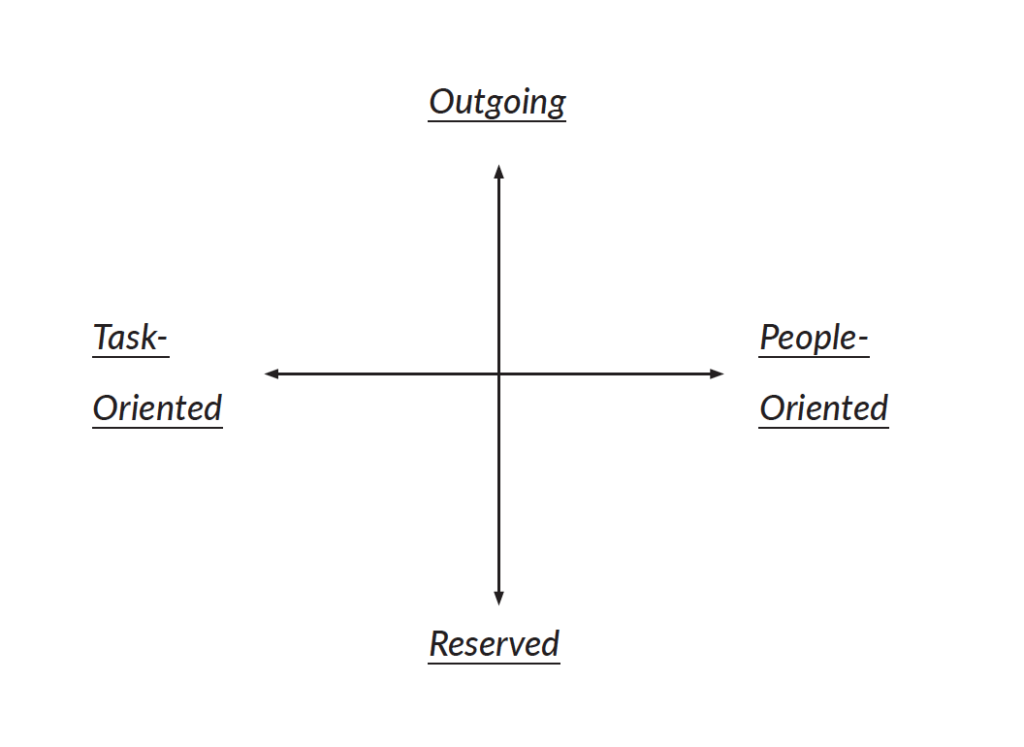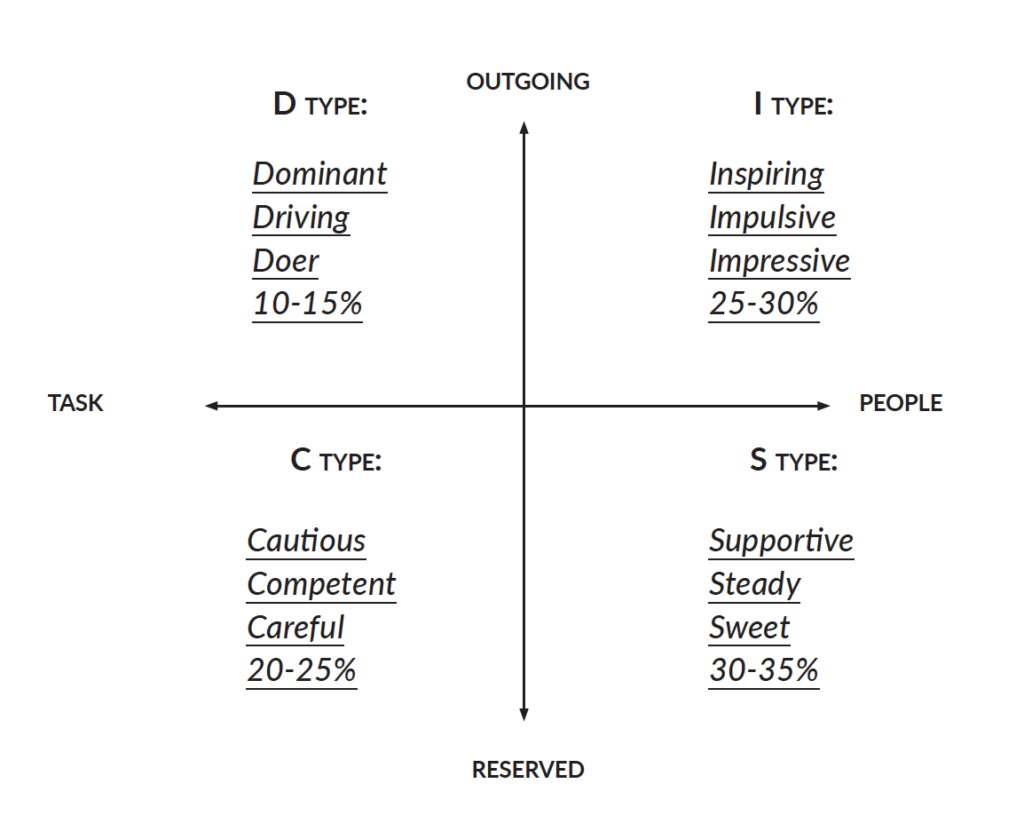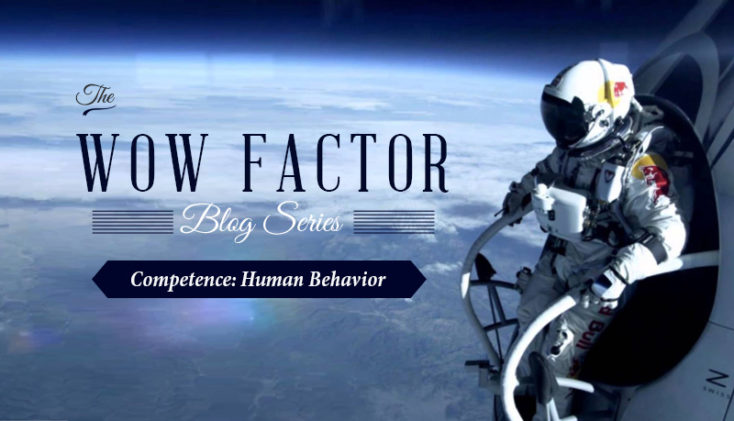Last week we introduced the second component of the Wow Factor: Competence, being good at what we do.
As we mentioned, the particular skillsets for which you’ll need to gain high levels of competence will naturally depend on your own vocation, talents, and personality. Being aware of the nuances of your own personality and those you come in contact with, and the ability to effectively communicate with them, however, is a competency that everyone can–and should–develop if you’re serious about delivering a Wow Factor.
Misunderstanding and miscommunication are two of the biggest sources of friction–and lost profits–in the workplace. If you and your teams can gain a basic competency in understanding and communicating better with each other, the payoffs are tremendous!
You have probably taken some sort of personality test in the past or at least have heard of them. There are many different tests: colors, animals, elements, etc. But the common thread is that personalities end up being a blend of four basic types. I like all of these, but I think that the DISC model is the simplest to understand and I am a certified DISC instructor for this reason.
One reason I like this model is that you can quickly determine someone’s primary personality type with the answers to two simple questions:
- Are you more outgoing or reserved?
- Are you more people-oriented or task-oriented?
The answers to the questions may not be obvious. If not, consider these helpful hints:
• Do you get energy from being around people or do you sometimes need alone time to recharge? If you occasionally need alone time, then you are reserved even if you typically enjoy people.
• Do you think back over your day and check-off in your mind the things you got done and the things you need to get done tomorrow? You’re likely task-oriented. Do you think about the people you were able to spend time with today and look forward to the people you’ll see tomorrow? If so, you’re definitely people-oriented.

Once you know the answers to the two questions, you know which of the four quadrants is your primary personality driver. In the DISC model, it looks like this:

Which one is your primary type? Does it seem accurate?
There is so much to learn here and in the next few posts we’ll dive into the personality types in more detail but here are some general descriptors of the four types along with an estimated percentage of the population:

Everyone will have a mix of these four types but will usually have one or two that are more prominent. This often leads to trouble understanding and communicating with personality types that contrast sharply with our own. Over the next few weeks, we are going to develop a better awareness that can help us eliminate much of this confusion and conflict.
The challenge question for this week starts with self-awareness. How well do you understand your own personality type and how it affects the relationships in your life?
In order to get the most out of this series, I highly encourage you to click here or on the image below to be directed to a simple assessment that will give you your own DISC profile and give you a great starting point for developing competence in the area of human understanding!

